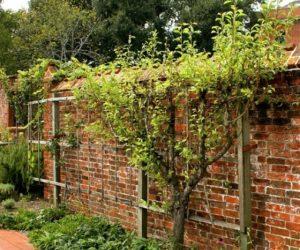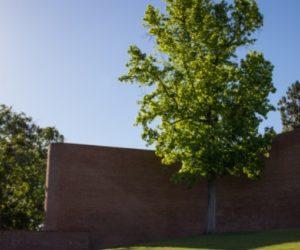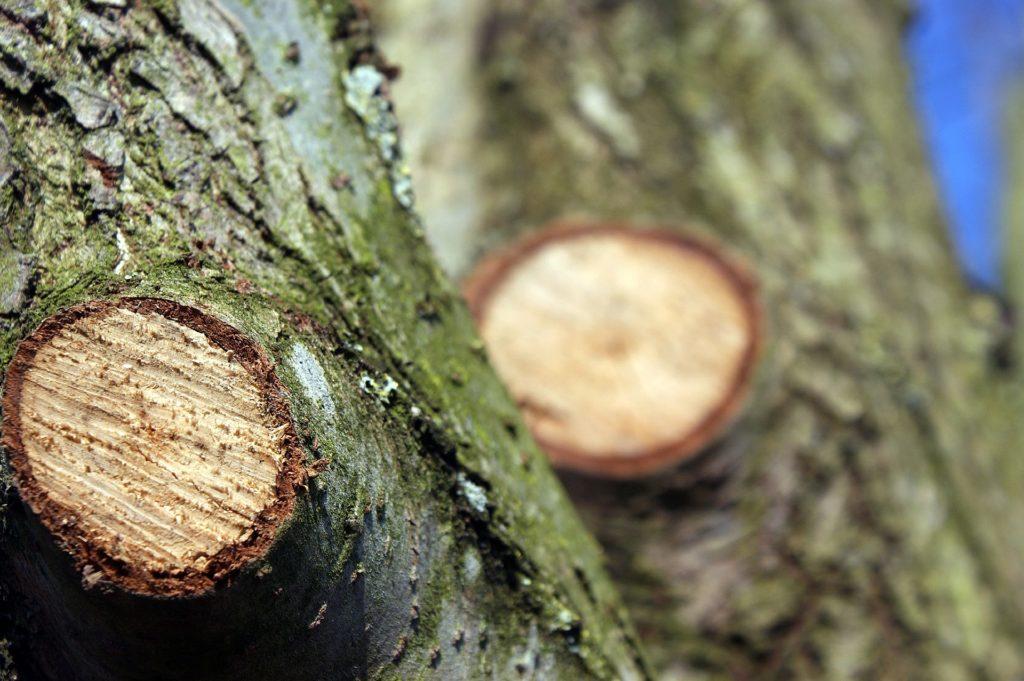Pruning is an important part of tree maintenance. When done correctly, you can control the shape of the tree, keep its growth at a healthy rate, and reduce the dead weigh caused by broken or diseased branches (among many other things). But pruning can’t just be done whenever the mood strikes. Once you’ve figured out why you have to prune, it’s very important that you prune at the right time!
Pruning For Improved Flowering
One of the main reasons to prune trees is to promote growth and encourage their flowering. It can encourage this growth in areas that are sparse, control where the buds will be so no new growths “bully” out other growths, and keep unwanted growths from sapping energy.
in areas that are sparse, control where the buds will be so no new growths “bully” out other growths, and keep unwanted growths from sapping energy.
For enhanced growth, you have to know when your tree or shrub flowers before taking a pair of pruning shears to the plant. For trees that flower in spring, prune after the blossoms bloom, generally when they start to fade. This is because their flower buds are formed much earlier in the year, and pruning them in summer or winter can seriously affect their blooms. For trees that flower in summer, whether its mid or late summer, prune in the winter or early spring before growth begins.
Pruning In Summer And Winter
Winter, when the tree is fully dormant, is the most common time to prune. As mentioned above, it can stimulate summer growth and help you control the shape of the tree. The wounds won’t harm the tree, so don’t worry about oozing from cuts.
Pruning in summer has different effects on the tree. You can prune in summer to slow the growth of branches, or to slow its development after the tree has stopped growing for the season.
Prune For Safety Whenever You Can
 When it’s done for the safety of the tree and your property, pruning can be performed regardless of the season. Diseased, dying, or dead limbs pose a hazard to people, homes, and cars, especially during inclement weather. These limbs can also affect the rest of the tree if they aren’t promptly removed, either through the spread of disease or weighing down and damaging other parts of the tree.
When it’s done for the safety of the tree and your property, pruning can be performed regardless of the season. Diseased, dying, or dead limbs pose a hazard to people, homes, and cars, especially during inclement weather. These limbs can also affect the rest of the tree if they aren’t promptly removed, either through the spread of disease or weighing down and damaging other parts of the tree.
If you notice a dying limb, do not hesitate to have it removed. Look for unusually sparse spots, brown leaves, and decaying wood. It’s usually best to call a professional to have the limb removed, as you might take off more than necessary and cause further damage to the tree.
When Not To Prune
There’s one season when you shouldn’t prune: fall. As the tree starts going into dormancy, open wounds don’t heal as fast. This makes them more susceptible to fungi, which release spores as they decay in the fall time. To prevent infections in the future, only prune when completely dormant or during their periods of growth.

